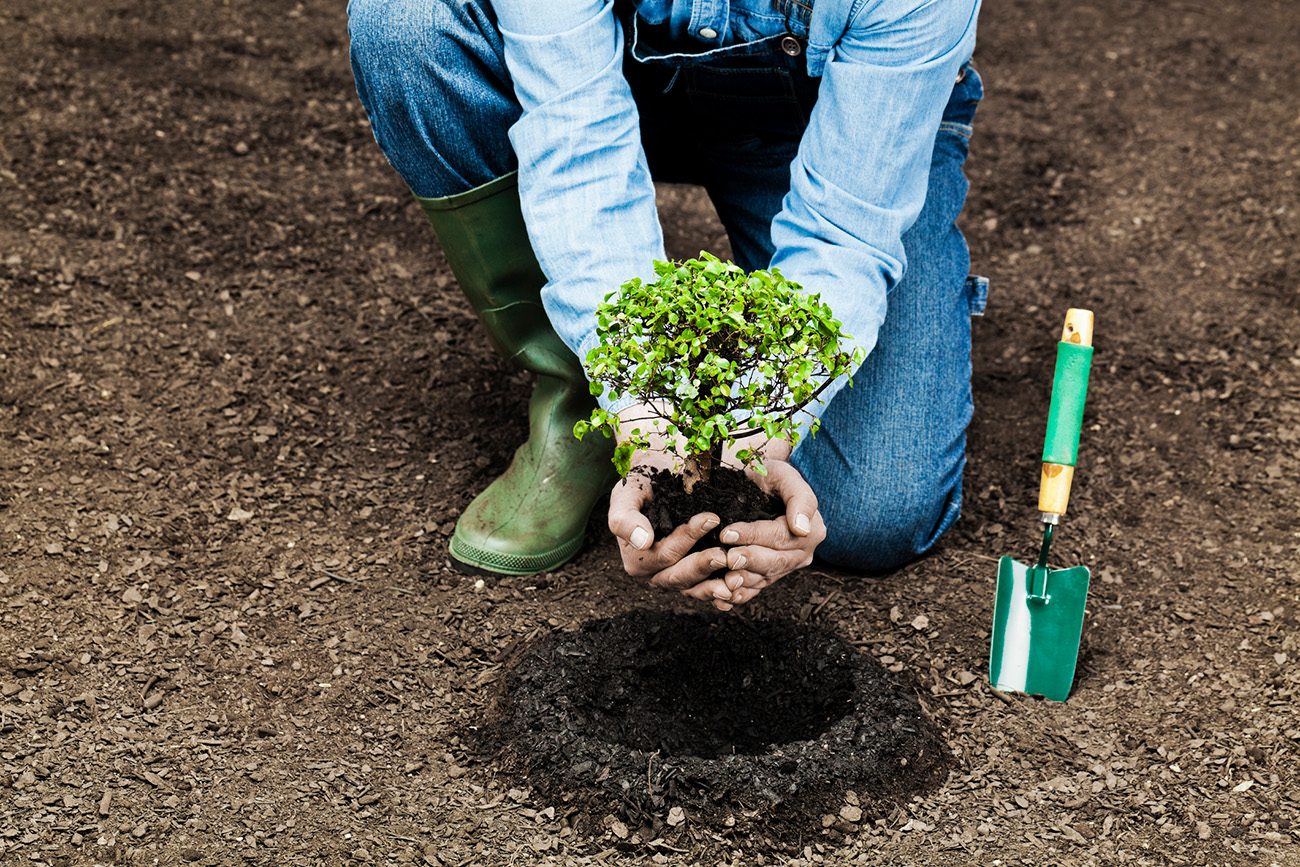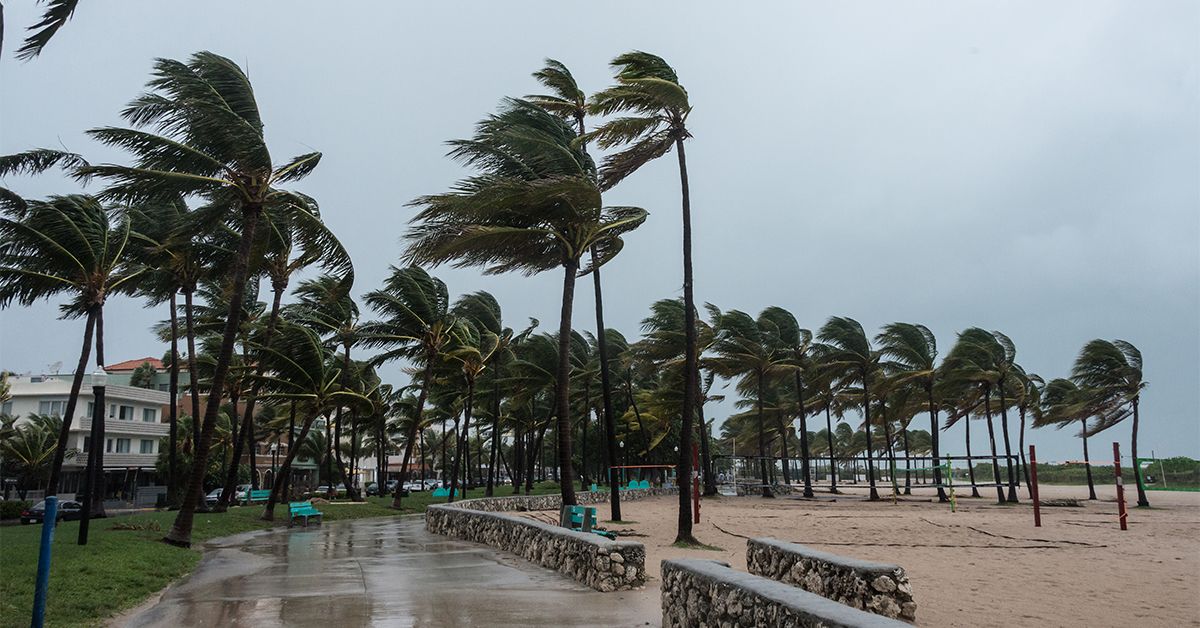This self-assessment focuses on identifying your association’s position within two main areas: your capacity and your challenges.
These categories are designed to help you determine where to best focus your association’s time and energy to solve the problems most urgent, accessible, and important to your organization within the unique context of your market.
Download the full Self-Assessment exercise or browse the questions below and note the answers which best describe your association. Keep your answers in mind as you move further through the toolkit to help you construct a strategic plan and identify the actions best fit to address your goals.
























